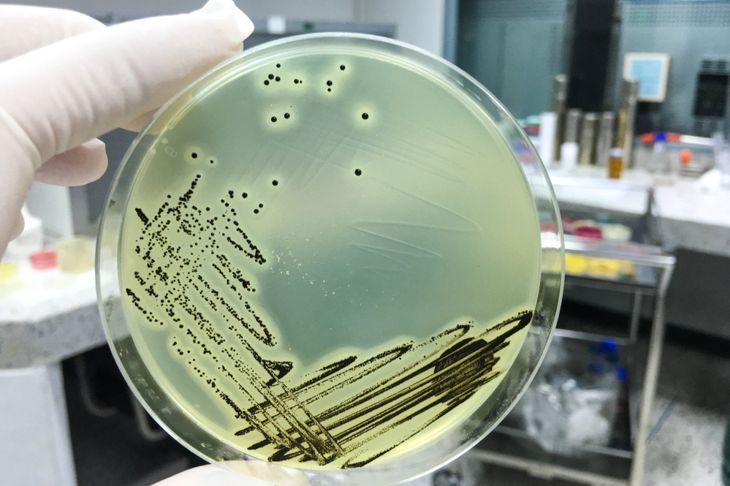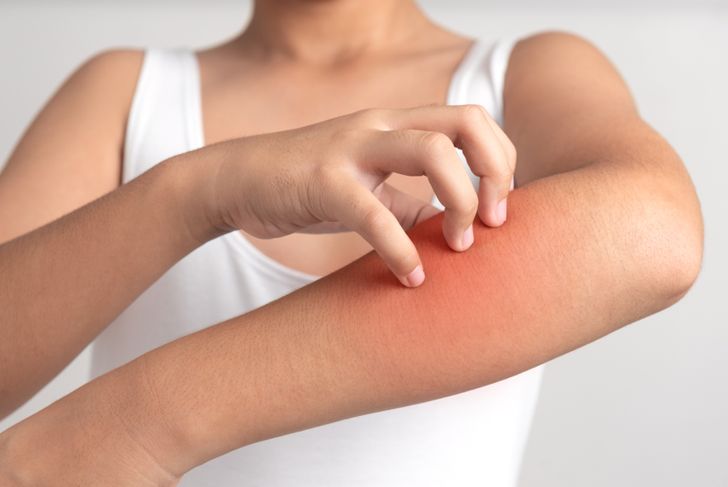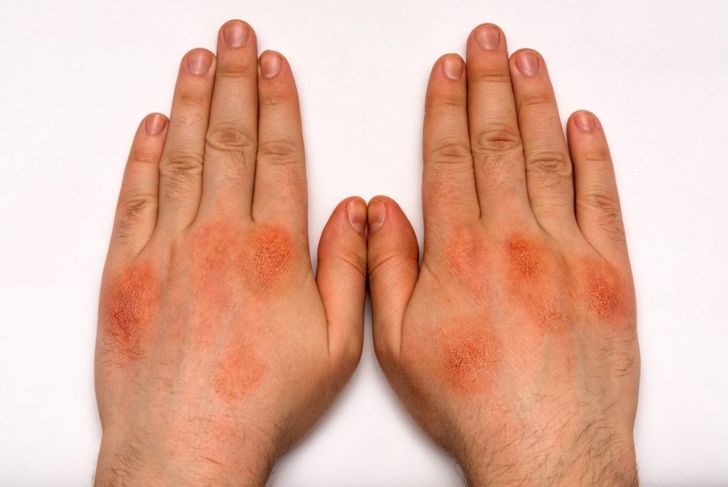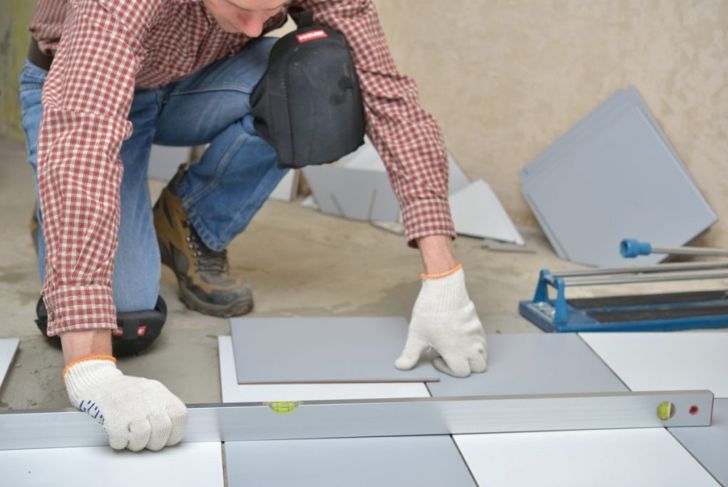Cellulitis is a bacterial infection that occurs in the deeper tissues of the skin. It is typically caused by a staphylococcus or streptococcus strain, but it can be caused by other bacterial strains too. It is usually not serious if treated quickly, but it can become potentially dangerous if it spreads to the bloodstream and spreads to the lymph nodes. Understanding cellulitis and its warning signs can help you get relief quickly and avoid developing a serious life-threatening condition. Here is what you need to know about cellulitis.
Causes of Cellulitis
Cellulitis is caused by injuries to the skin that allow bacteria to enter. Injuries that allow the bacteria to enter include cuts, scrapes, insect bites, surgical incisions, or any other type of break in the skin. It can also be caused by conditions such as eczema or athlete’s foot that cause cracks in the skin. Any injury can cause it to develop. The most common bacteria involved are Staphylococcus and Streptococcus strains, but other strains can cause cellulitis as well.
Risk Factors for Cellulitis
Certain people are at an increased risk for developing cellulitis. These include people who have a weakened immune system, have diabetes, or have poor circulation. Those that have skin conditions that cause cracking or breaking of the skin, are IV drug users, or have had cellulitis in the past are also at an increased risk. People in these risk categories should take extra precautions to try to avoid breaks in the skin. They should be on the lookout for the first signs of the development of cellulitis.
First Signs and Symptoms
Cellulitis can be diagnosed by visual examination. Some of the first signs to appear to include redness, inflammation, pain, or tenderness in the area. It also includes a sore or rash that grows quickly. The skin appears tight, glossy, and swollen. The area is warm to the touch and there may be a pus formation or abscess in the center of the area. You may also have a minor fever. Cellulitis can appear quickly and progress quite rapidly. If any of these signs appear, it is important to get to a physician and have it checked.
Moderate to Severe Cellulitis
As the infection progresses, cellulitis will spread. As this happens, more serious signs may also develop. The signs can include shakiness, chills, dizziness, lightheadedness, and fatigue. You may also have warm skin, muscle aches, and sweating. These are signs that the infection has progressed and your body is trying to fight it. It is usually best to seek the help of the physician so that it does not continue to spread and become even more serious.
Signs of Serious Cellulitis
Cellulitis begins as skin irritation and area of inflammation but then progresses to more flu-like symptoms. It can become a blood-borne infection that affects the entire body system. Signs that a serious infection has developed include swollen lymph glands. You may also have increased redness, swelling, and pus at the site. Lethargy and drowsiness, and blisters or red streaks emanating from the site are also indications of a more serious issue. If any of these symptoms develop it is important to get to a medical facility because the infection can become life-threatening after this point. Cellulitis can progress rapidly, which makes catching in the early stages important so that it does not progress to a more serious form.
Treatment
The most common treatment for cellulitis is oral antibiotics, typically for 10 to 21 days. It is important to keep taking the medication for the entire course, even if symptoms disappear and you feel better. The type of antibiotic prescribed depends on the strain of bacteria that causes the infection and factors such as allergies or other medications you are on. The doctor may also prescribe pain relievers to help ease pain at the site of the infection. It is important to rest and drink plenty of fluids during treatment. Typically symptoms begin to improve within 24 to 48 hours.
When to Call Your Doctor
Most of the time, antibiotics allow for the improvement of cellulitis within a few days. However, if after three days your symptoms do not seem to be responding, it is important to call your physician back. If your symptoms get worse, you should return to the doctor. Visit the emergency room if you develop a high fever. If, after seven to ten days of antibiotics, your condition does not improve, it may be time for another round of antibiotics. Although most cases of cellulitis resolve in 7 to 10 days, severe cases can take longer. In addition, those with weakened immune systems may have a more difficult time healing from the infection.
Possible Complications
Although most of the time cellulitis goes away without complication, sometimes serious complications can develop. These complications can include tissue necrosis or gangrene. You may also develop a bone infection. You may have inflamed lymph vessels, an infection of the blood, nerve damage, or heart-related symptoms. Those that already have a condition such as high blood pressure, diabetes, or a compromised immune system are at greater risk of developing these types of complications.
Common Locations of Cellulitis
The most typical area for cellulitis to develop is on the legs. However, it can develop on any area of the body. Anywhere the skin is broken has a potential for developing cellulitis. It is important to understand that cellulitis involves the deeper layers of the skin. It is not only on the surface as with infections such as impetigo but involves the deeper tissues. This is also what makes it able to enter the bloodstream so easily and become a more severe infection.
Preventing Cellulitis
A few things can help you to avoid cellulitis. The first is proper wound care. If you have a cut, it is important to apply a topical antibiotic and keep the bandage clean and dry. Keeping your skin moist and preventing cracking will also help you to avoid infection. Any superficial skin conditions should be treated as quickly as possible to avoid the potential for infection. Wearing protective equipment to prevent injury when you work or play can also help. You need to be extra cautious if you have a condition such as circulation disorders or diabetes. You need to make certain that you do not develop sores or blisters that could lead to cellulitis. If you have a surgical wound, be sure to follow your doctor’s orders about wound care.

 Home
Home Health
Health Diet & Nutrition
Diet & Nutrition Living Well
Living Well More
More




















